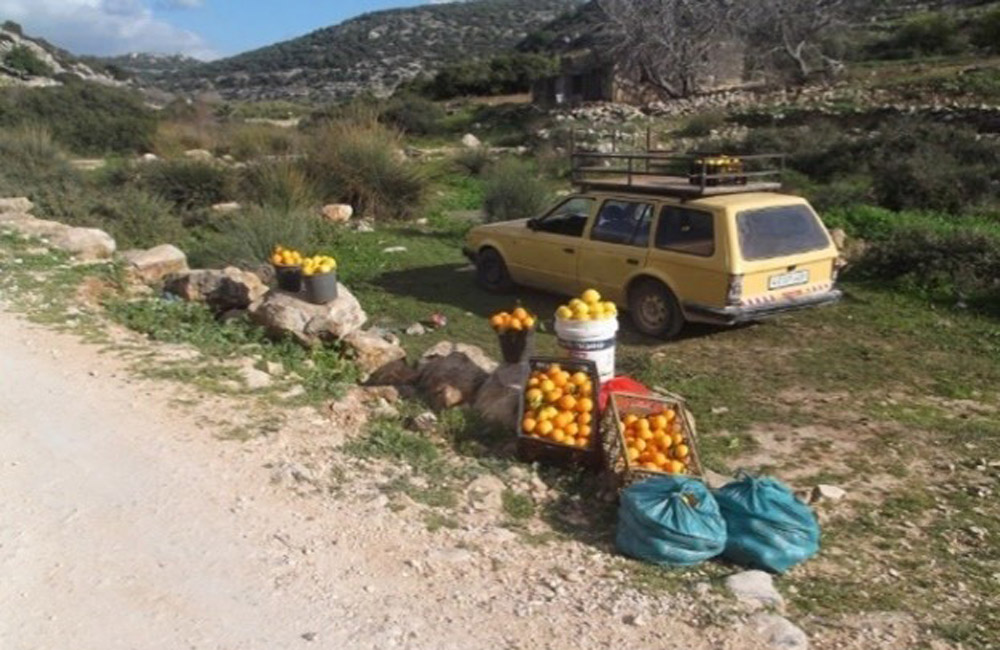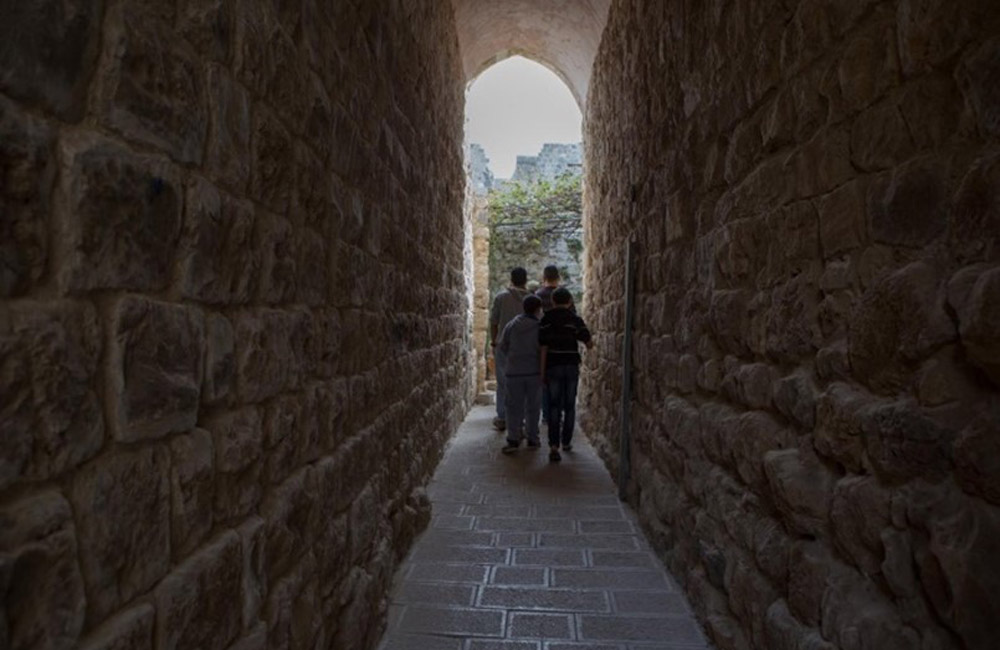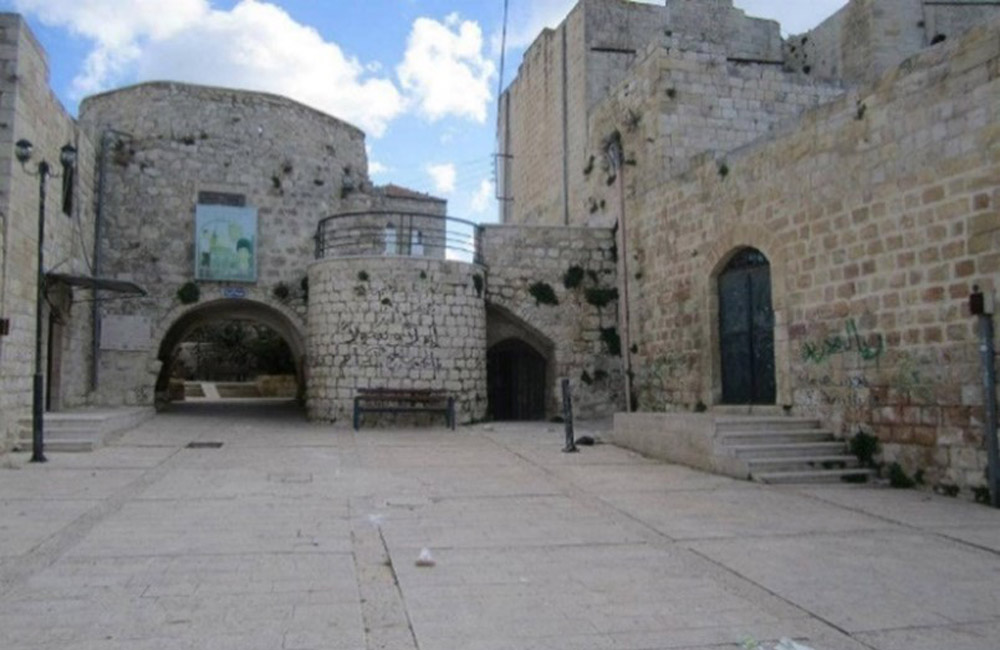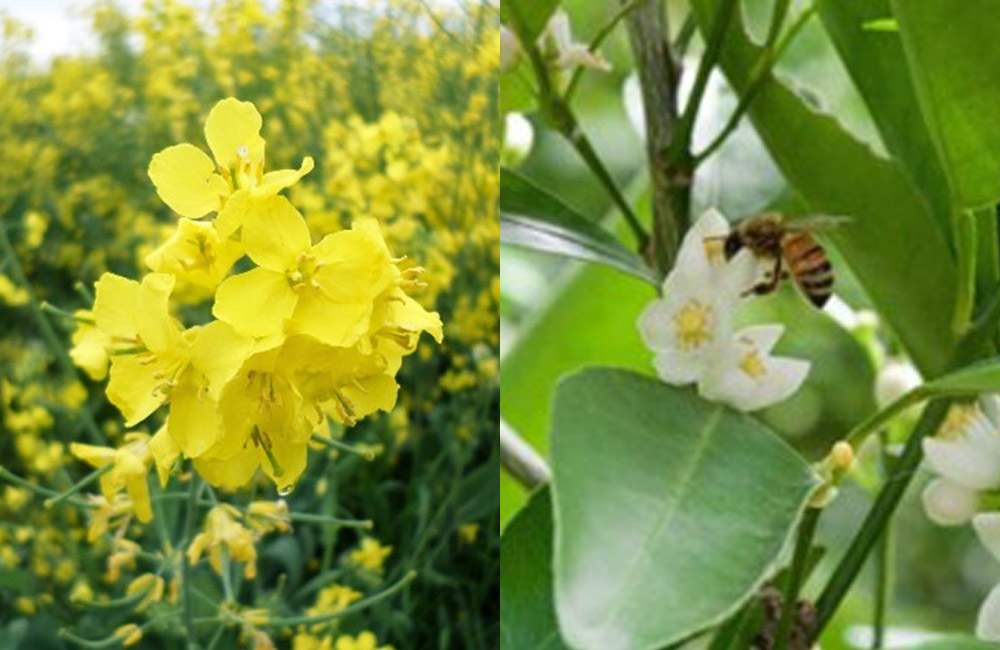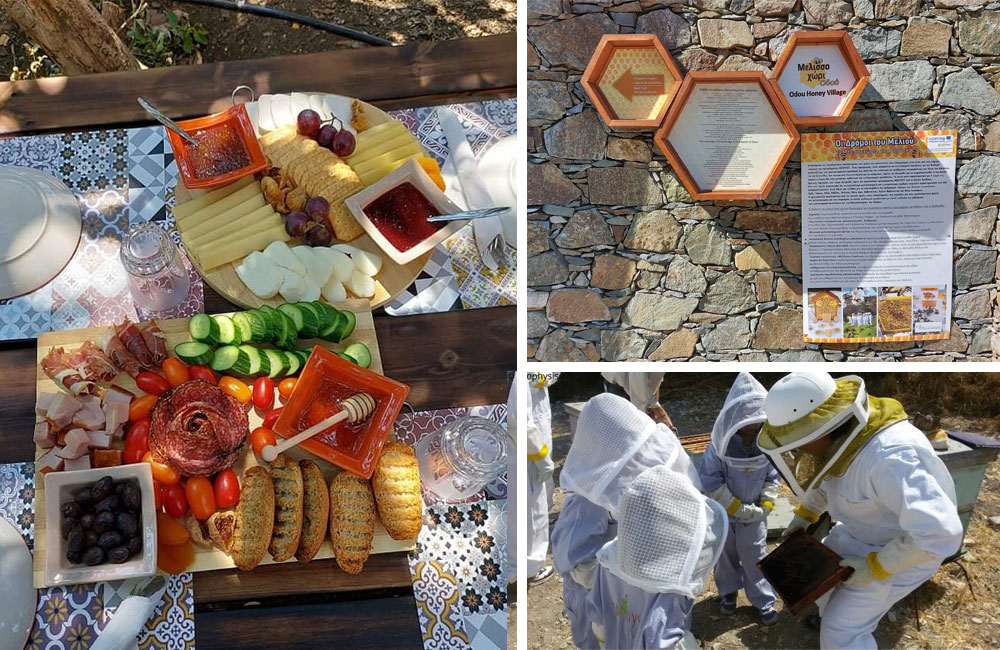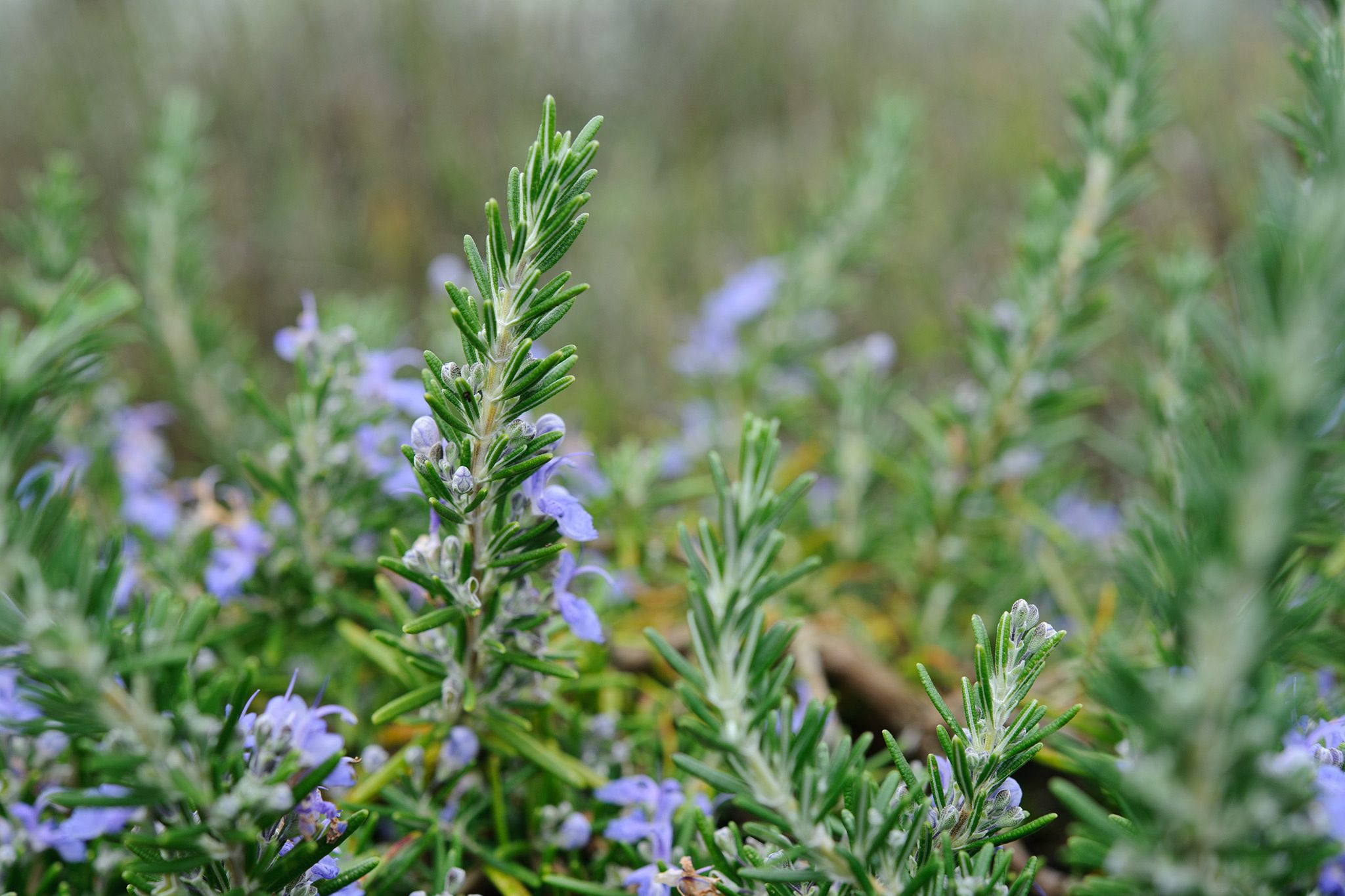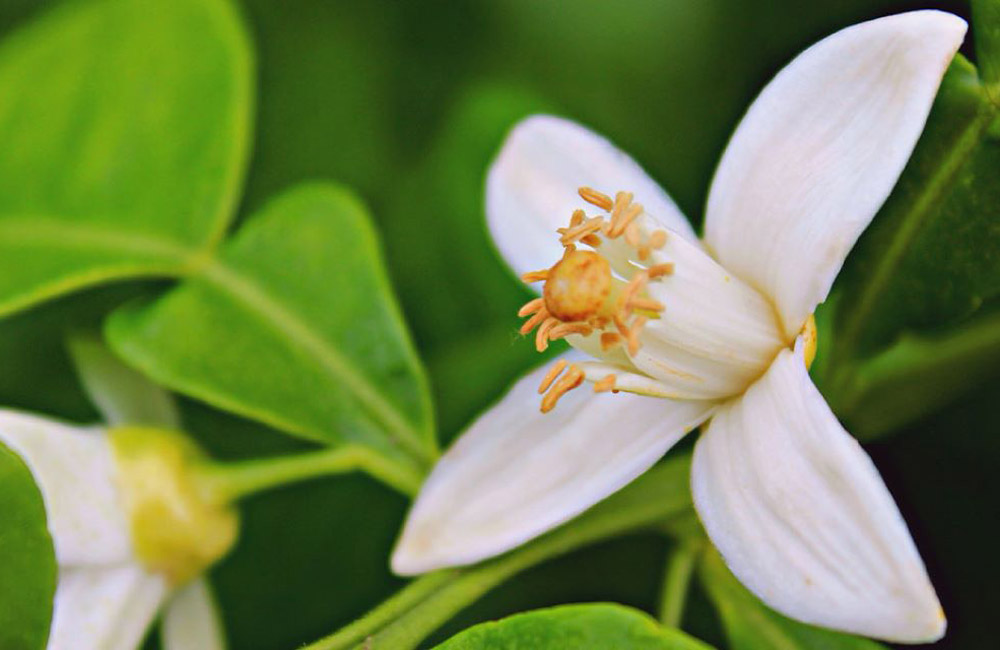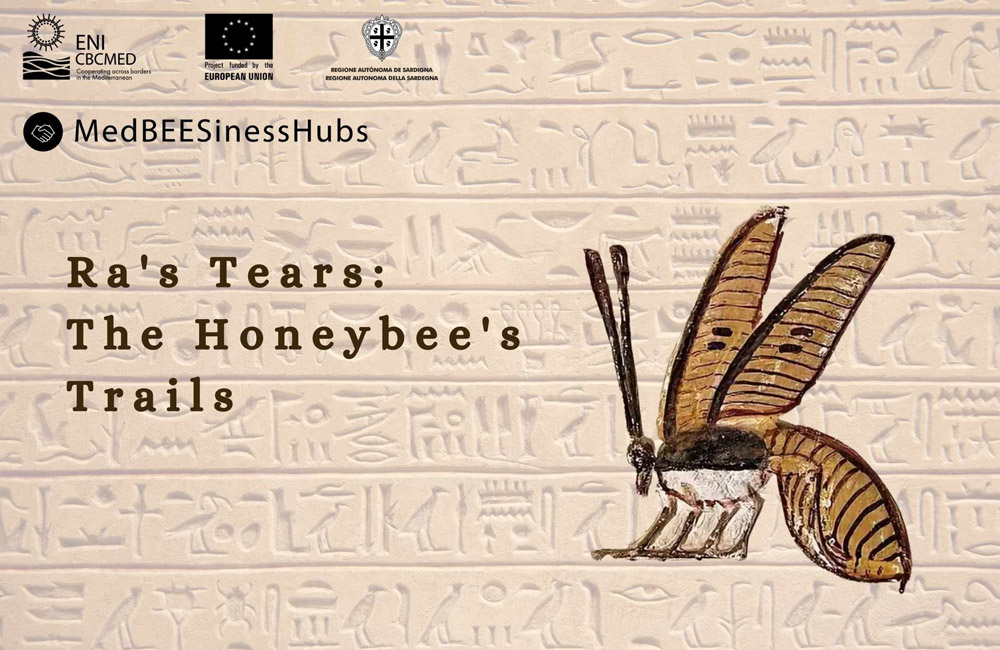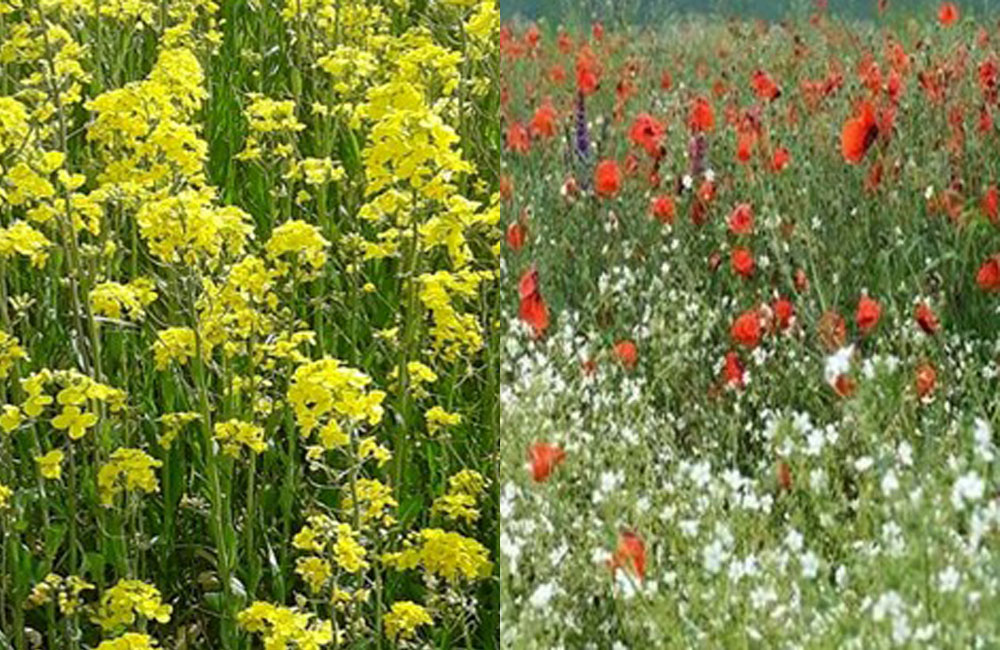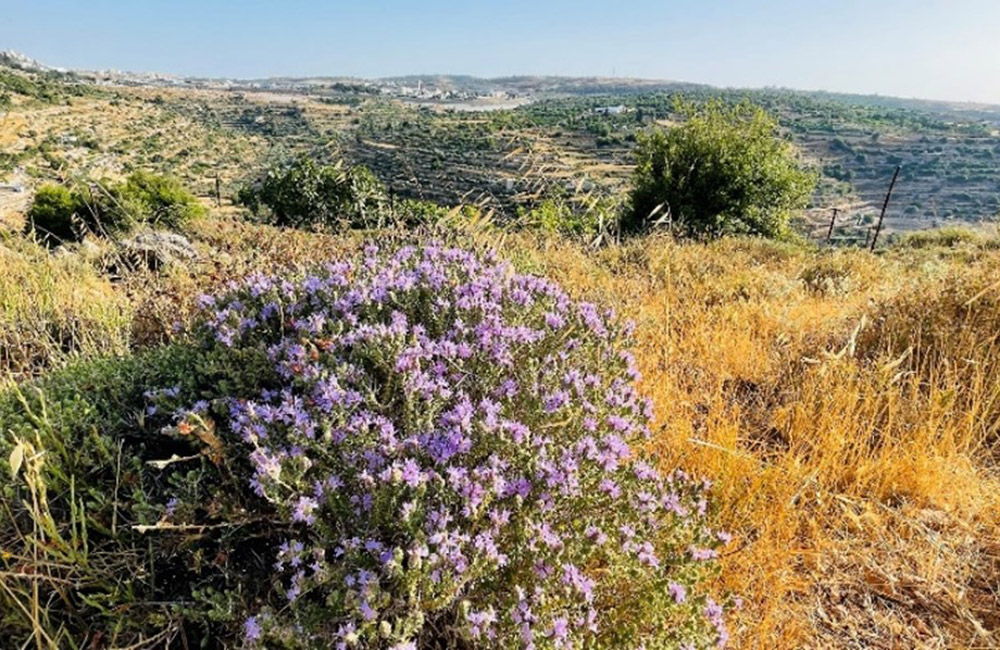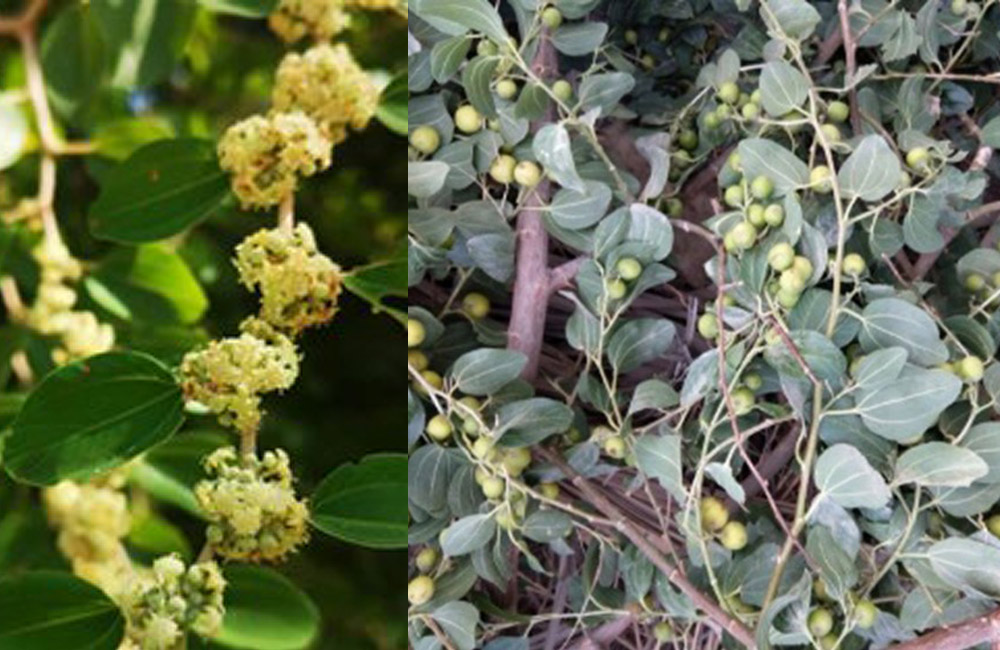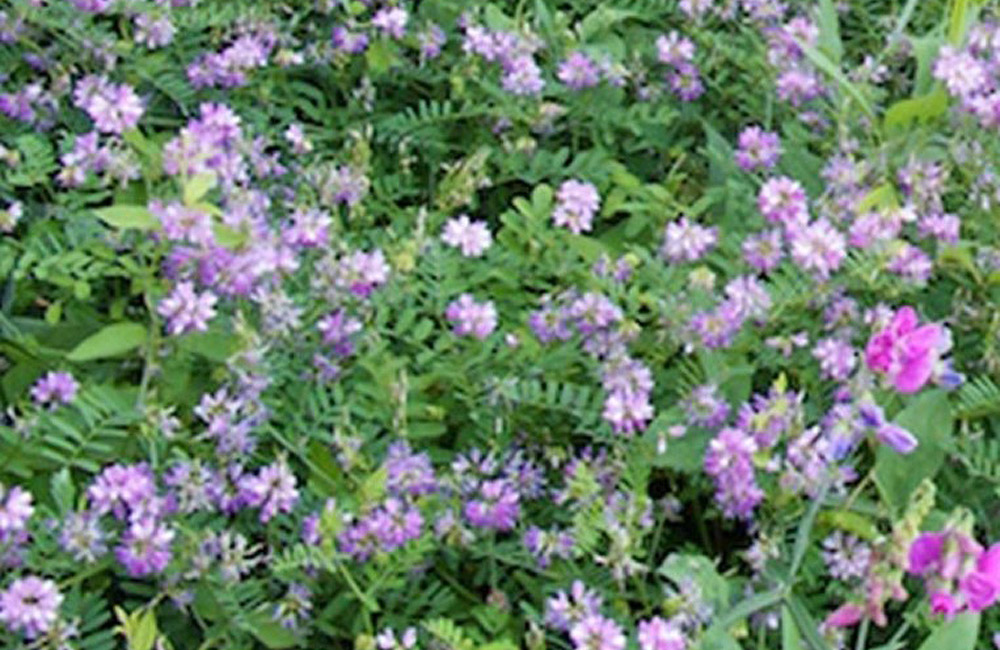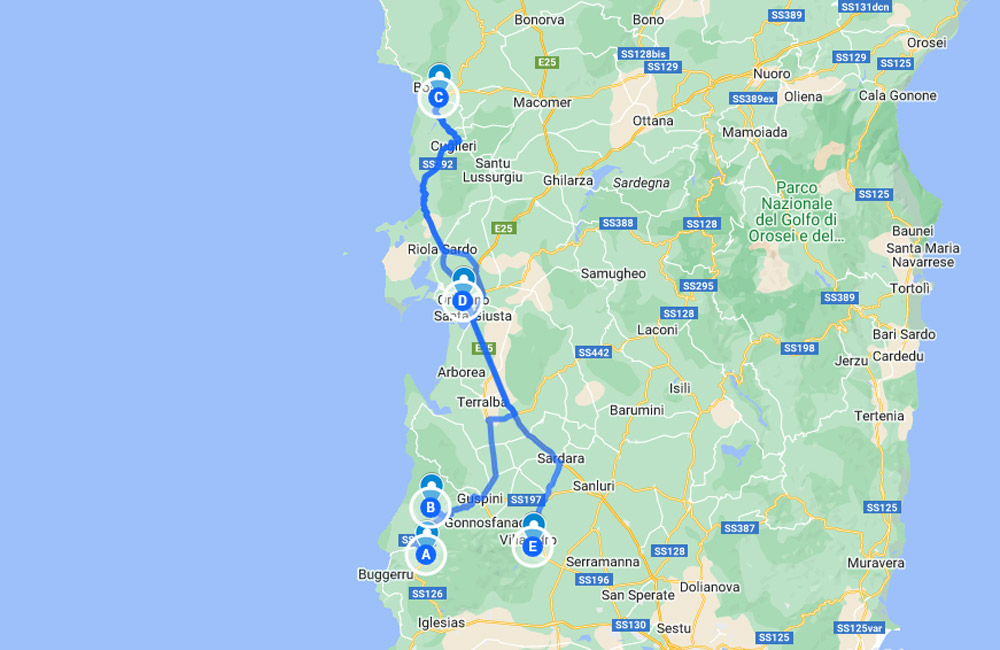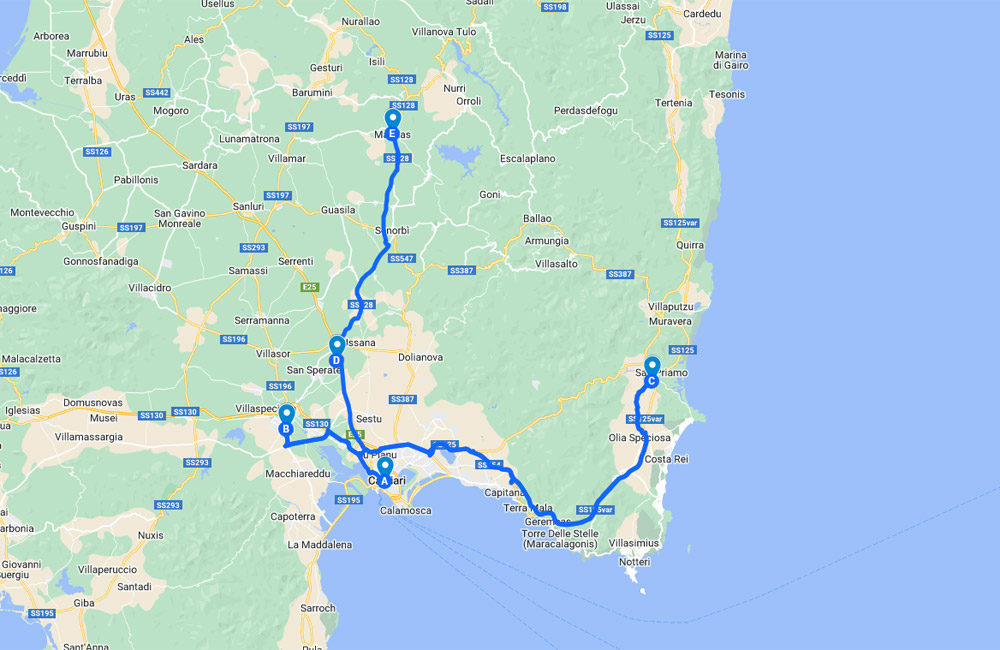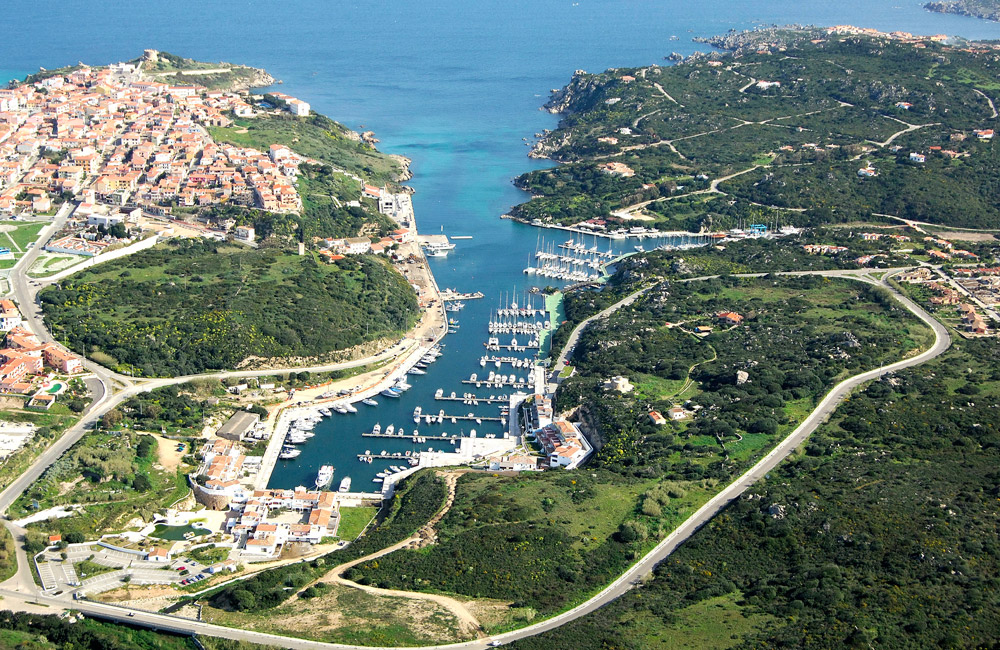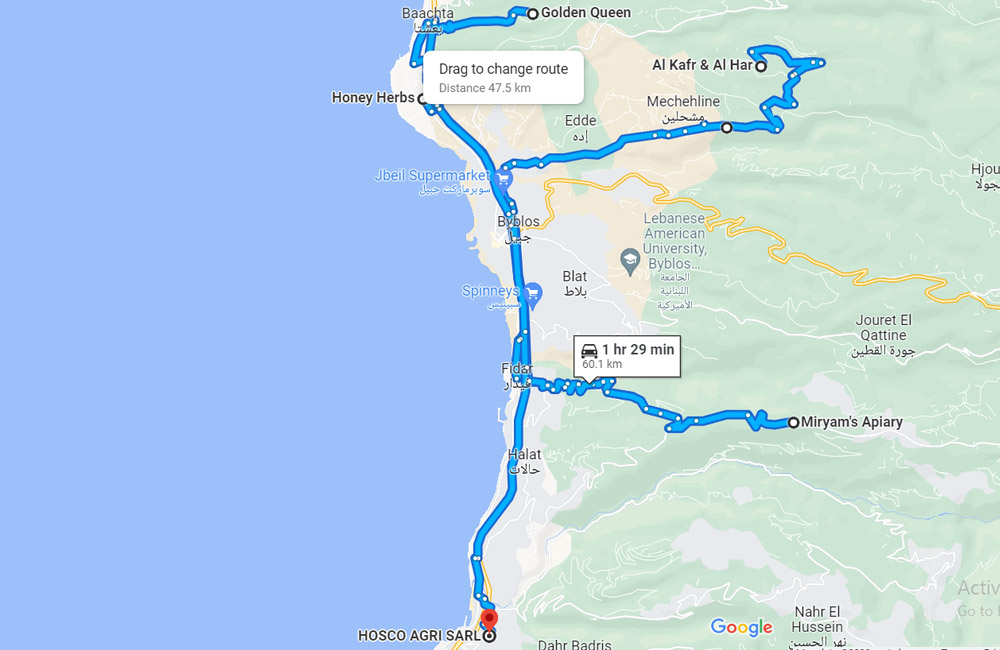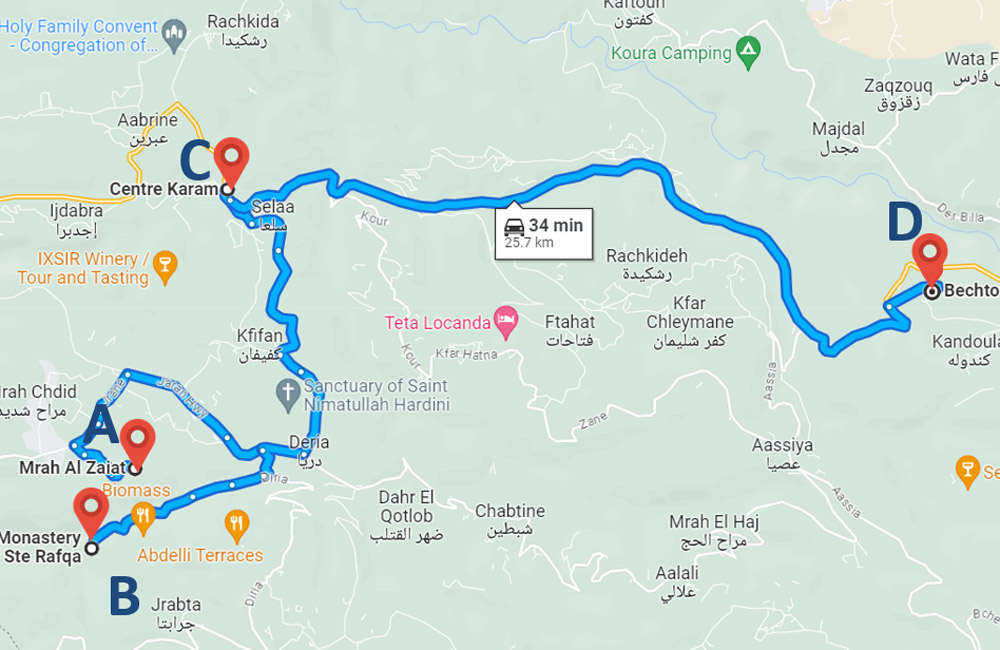Description of the route and nearby villages
An easy family route, approximately 11 km long, starting from the area located in the town of Kafr Thulth (towards the town of Sinria), Qalqilya region, to reach the site of “Aqabat Al-Ain” or the so-called springs of Kafr Qara, which is part of the lands of the Nablus region.
Wadi Qana is considered a beautiful natural reserve, and it is the largest on the Palestinian level, in an area whose mountains cover a large number of varieties of forest trees and multiple plants. It is one of the most important natural reserves in Palestine, rich in unique biodiversity. The reserve has many animals that seek refuge because of the many water springs in it.
Unfortunately, after 1982, the occupation confiscated large areas of the lands of the mountain peaks surrounding the valley and established settlements on them. They are working to continuously sabotage and pollute the valley.
Bees abound in this valley because of its abundance of various seasonal flowers. The most important flower is the flower of citrus trees, followed by almond flowers and various mountain herbs. Wadi Qana is about 7 km away from the northwestern side of the town of Deir Istiya, and it is called "Qana" after a Canaanite man who came with his family, cattle and horses to the valley.
After completing the walk on the route and enjoying the scenic views of the valley, visiting the apiaries, tasting and buying honey from the farmers in the area, you can visit the town of Deir Istiya, which is an old town dating back to the Byzantine era and an area of 503 dunums located on the top of a high hill. We can see all the neighboring areas with a 360-degree viewing angle, and enjoy Walking through the alleys of the old village, in which a large number of its houses are still inhabited, and visiting the well-known Abu Hijla Palace. It was converted into a guest house before the Corona period, but work on it stopped and it was not reopened.
Local plants and ecosystems
The reserve is located in the southwest of the city of Nablus, at an altitude of approximately 350 to 300 m. Its weather is mild in summer and winter, so we see beehives there throughout the year, so that the bees can enjoy the various flowers there. The temperature ranges in the summer between 27 to 35 degrees Celsius and in the winter between 5 to 10 degrees Celsius.
Because of the abundance of water springs in the reserve and its flow through the valley, it gives the plants strength by increasing the number of flowers and the length of the flowering period, and this helps in increasing honey harvest and provides an ideal environment for bees.
The most important nectar and pollen-producing plants are as follows:
- Citrus fruits bloom several times from November to March (depending on the variety).
- Almonds bloom between February and March.
- Mustard plants that bloom in March-April.
- Wild clover plants that flower in March-April.
- Flowers of mountain sagebrush and thyme, which bloom in March-April.
- cactus and blooms in the month of April – May.
- Acacia blooms in several seasons, depending on its variety.
- Eucalyptus a trees bloom in October-November.
- Centaurea blooms in the month of May.
- The hornbeam blooms in July.
- Cranberries bloom in March-April.
- There are also a large number of other plant species on site.
Important sites to visit at the beginning, during or at the end of the route
- Enjoying the reserve and its water springs.
- Talking to the families of farmers who are in the valley throughout the year and buying honey from them.
- -Visiting the municipality of Deir Istiya and listening to the mayor about the importance of Wadi Qana and the problems of farmers, to contact Faten Abu Hijleh, member of the municipal council, at 0595031131.
- Interviewing the farmers of Deir Istiya, the owners of lands and apiaries in Wadi Qana, to communicate with Faten Abu Hijleh, the head of the Farmers' Association.
- Visiting the old town of Deir Istiya, to contact Rizk Abu Nasser 0599116416.
Route line and explanations of some route sections.
Route map
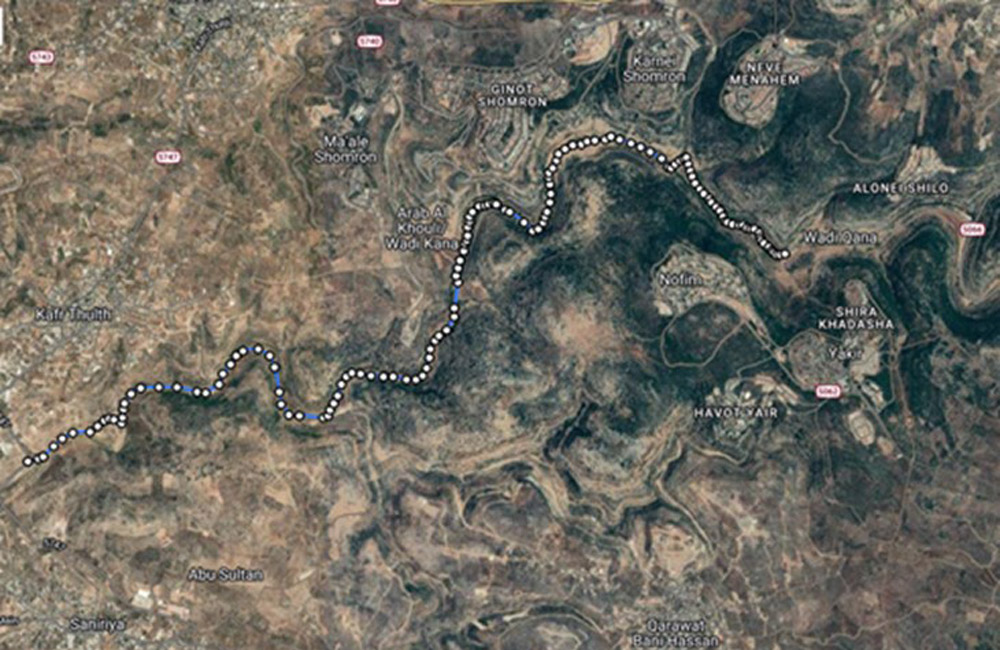
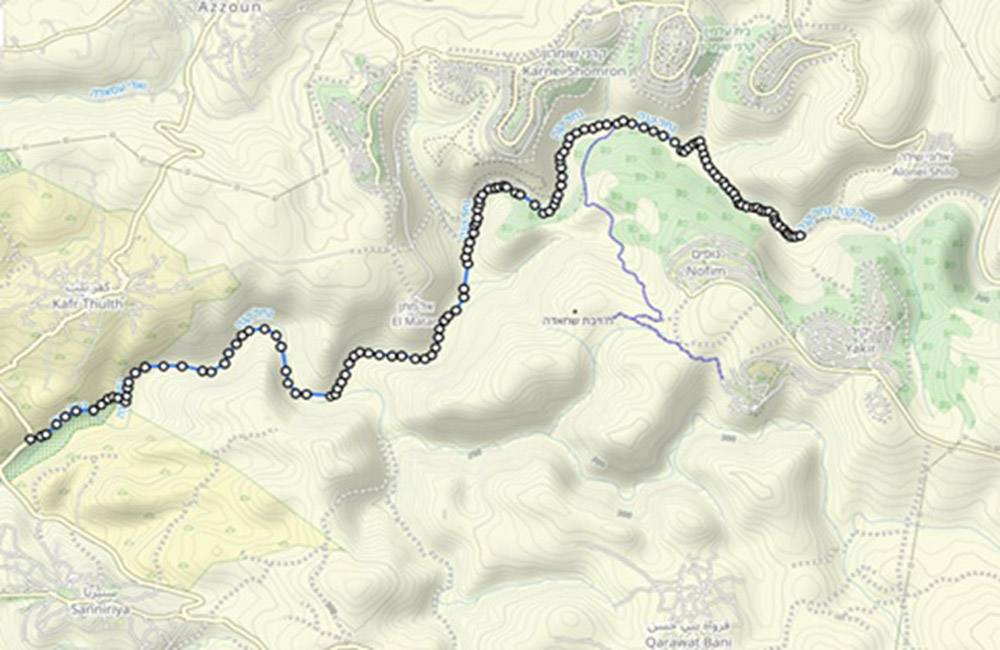
Route end
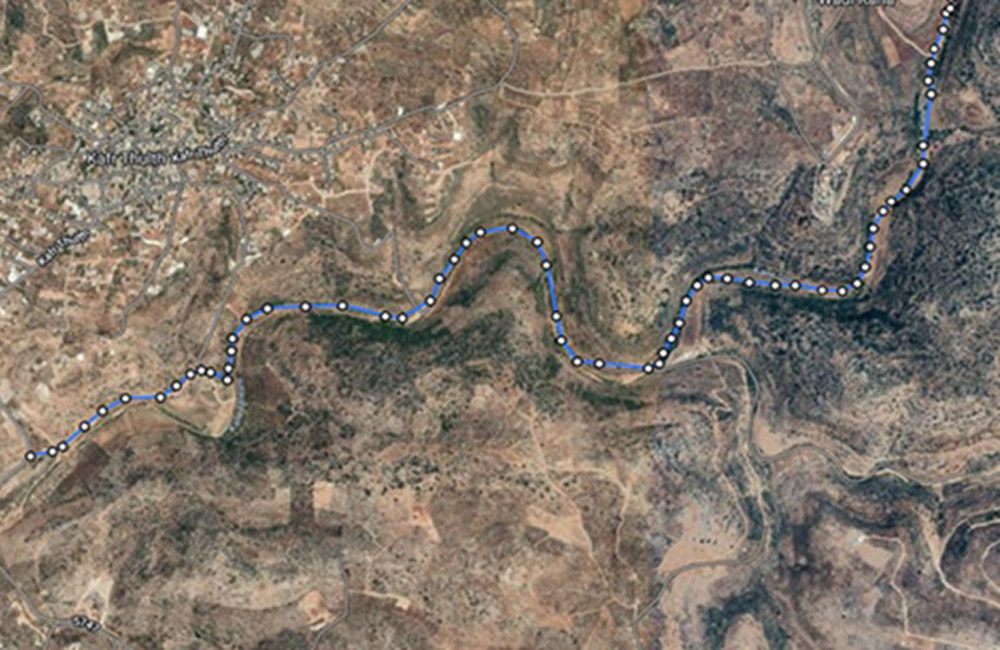
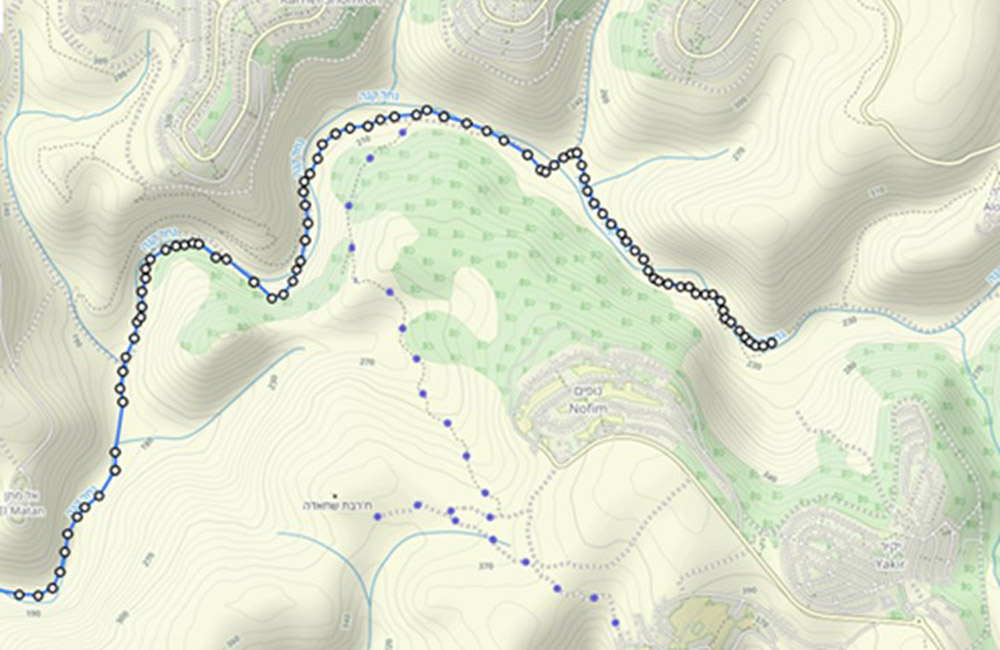
General photos:
A view of one of the pools that collect spring water and its flow
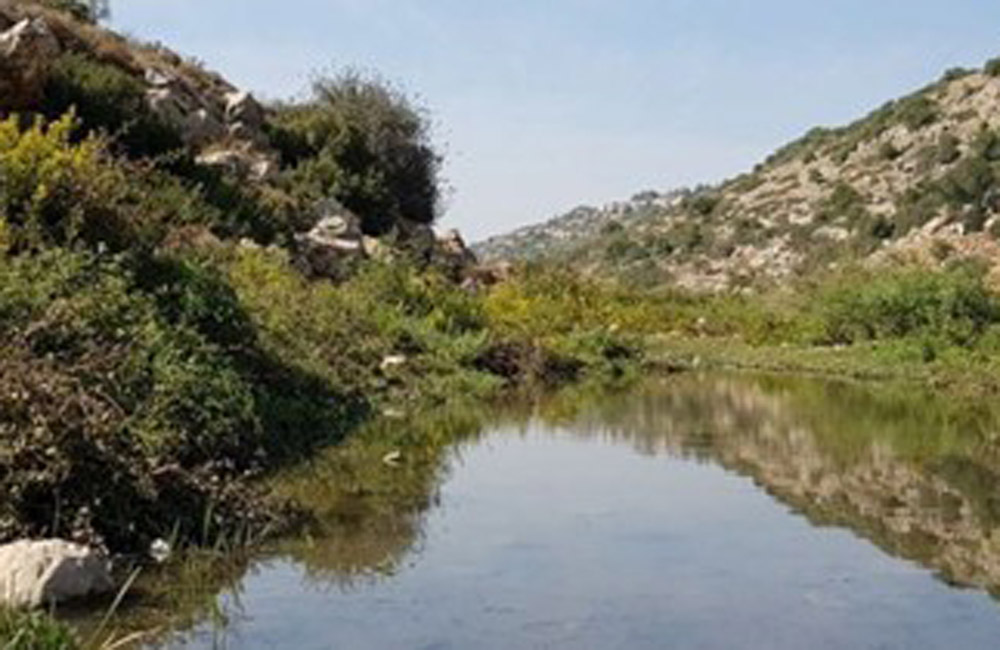
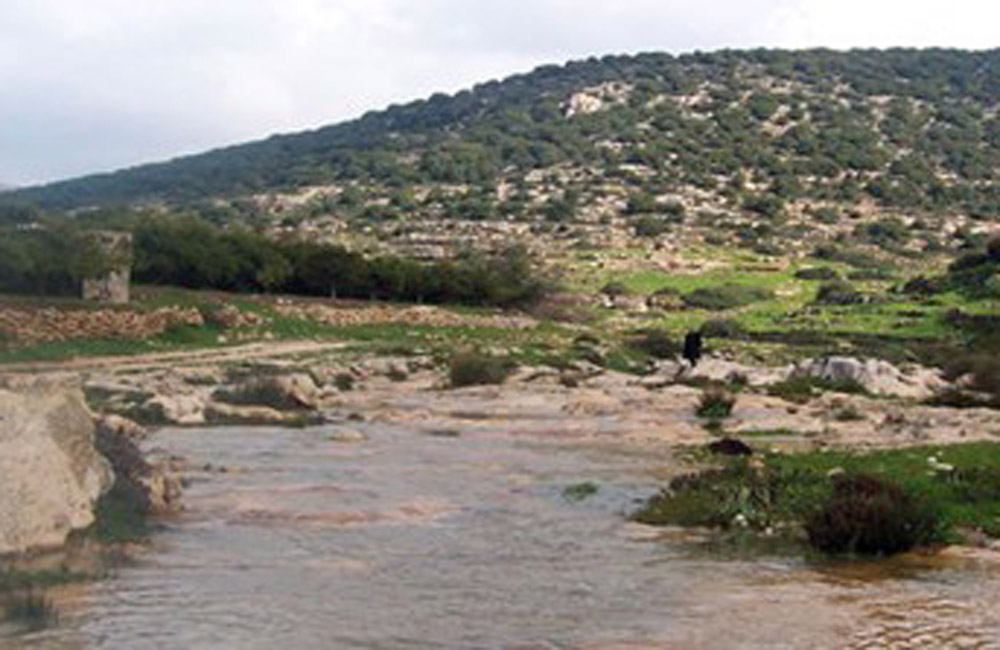
One of the old houses General view of a citrus orchard in the valley
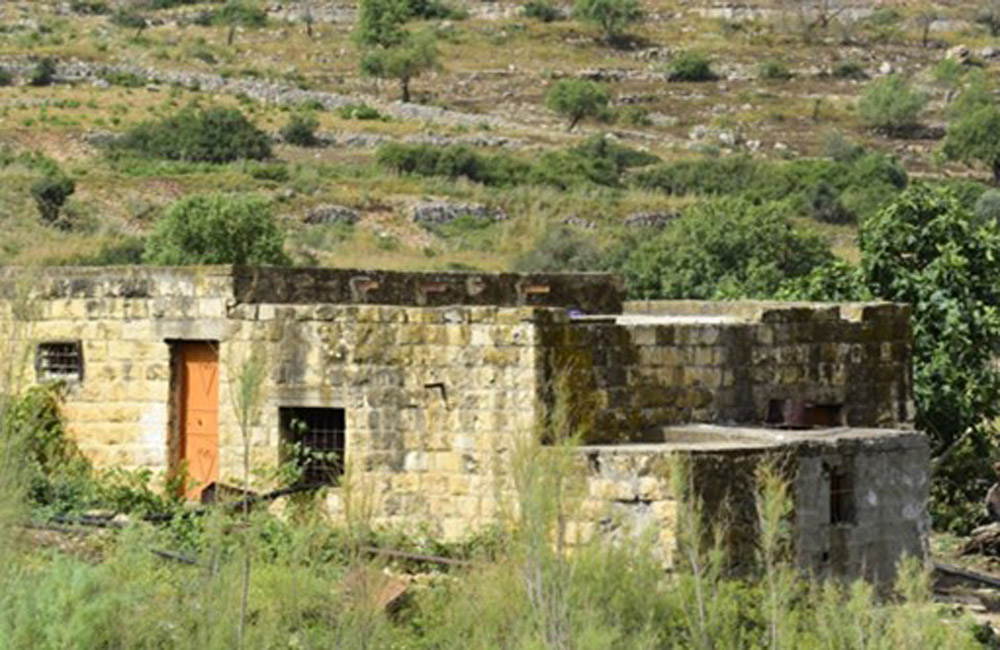
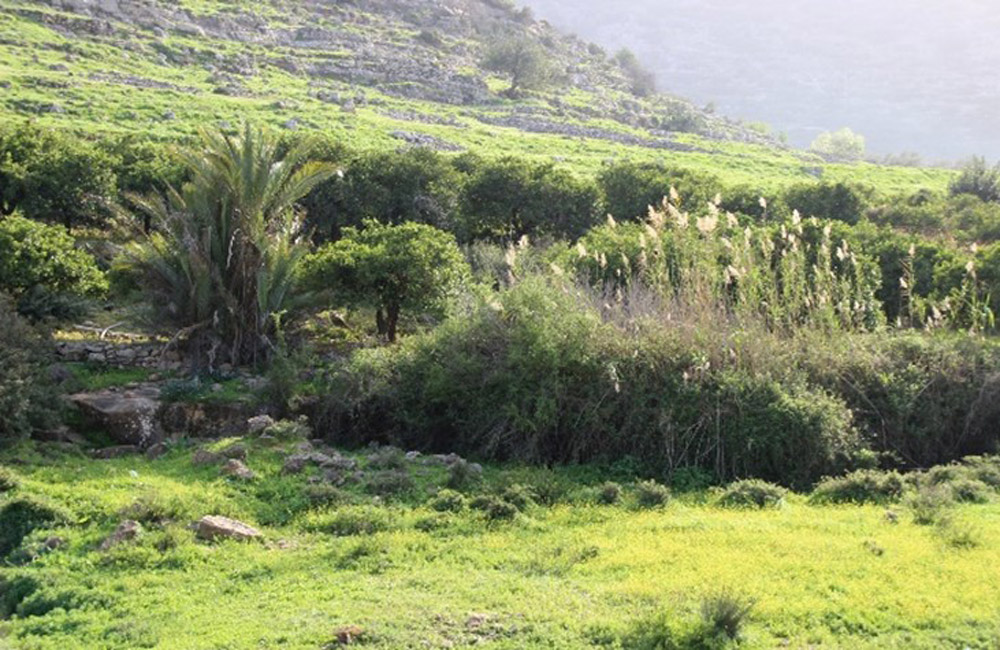
Sale of citrus fruits by farmers in the valley, one of the corridors and arches in the old town
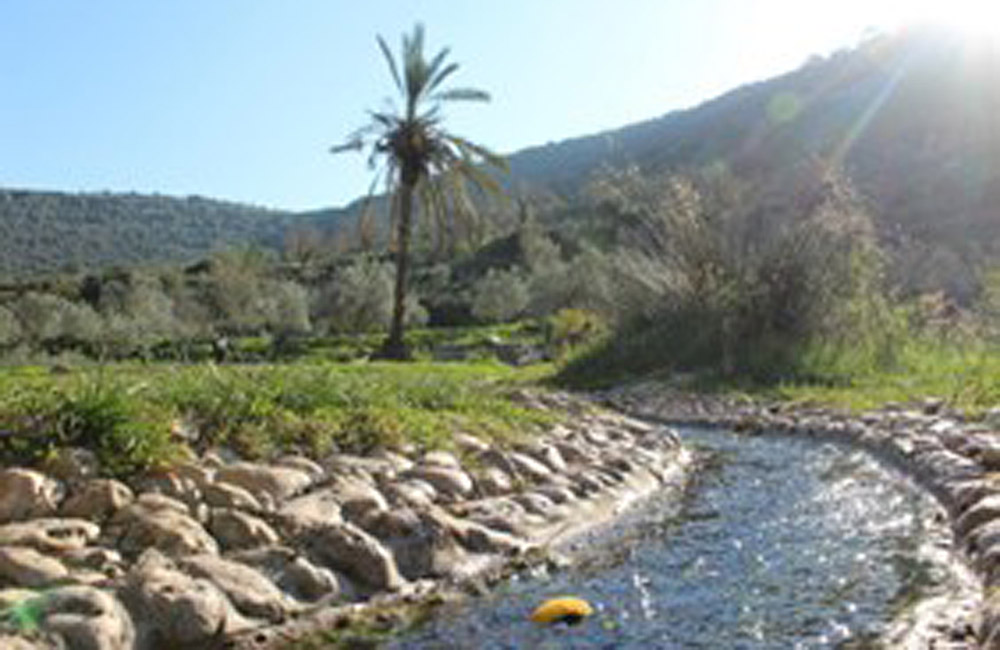
Channel of a water springs, entrance to the old town of Deir Istiya
